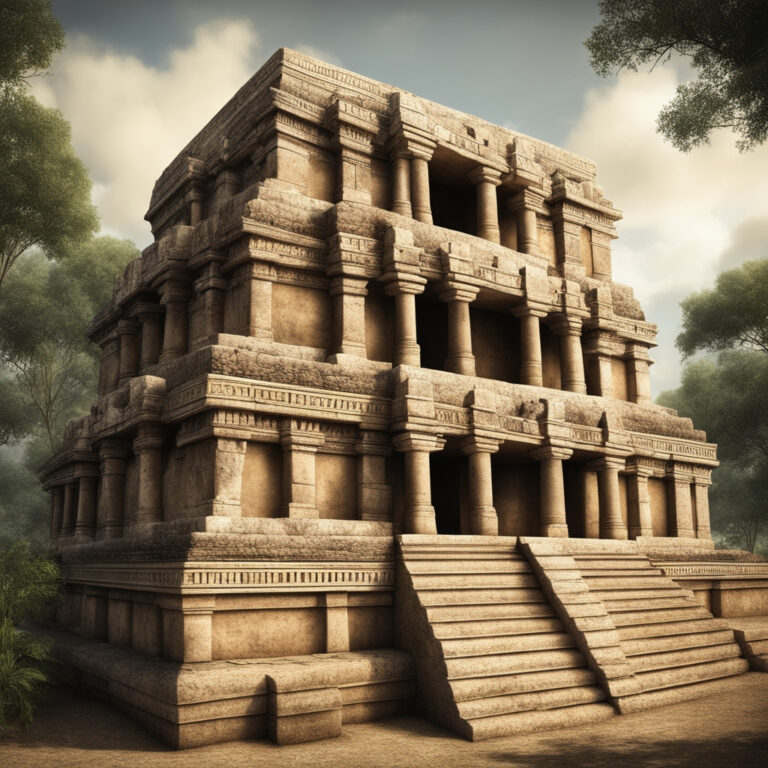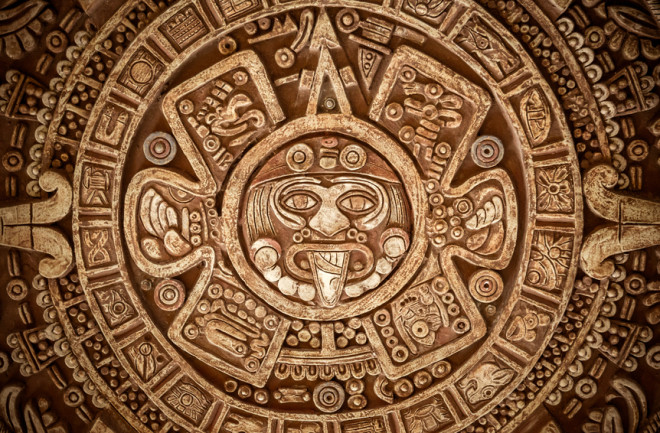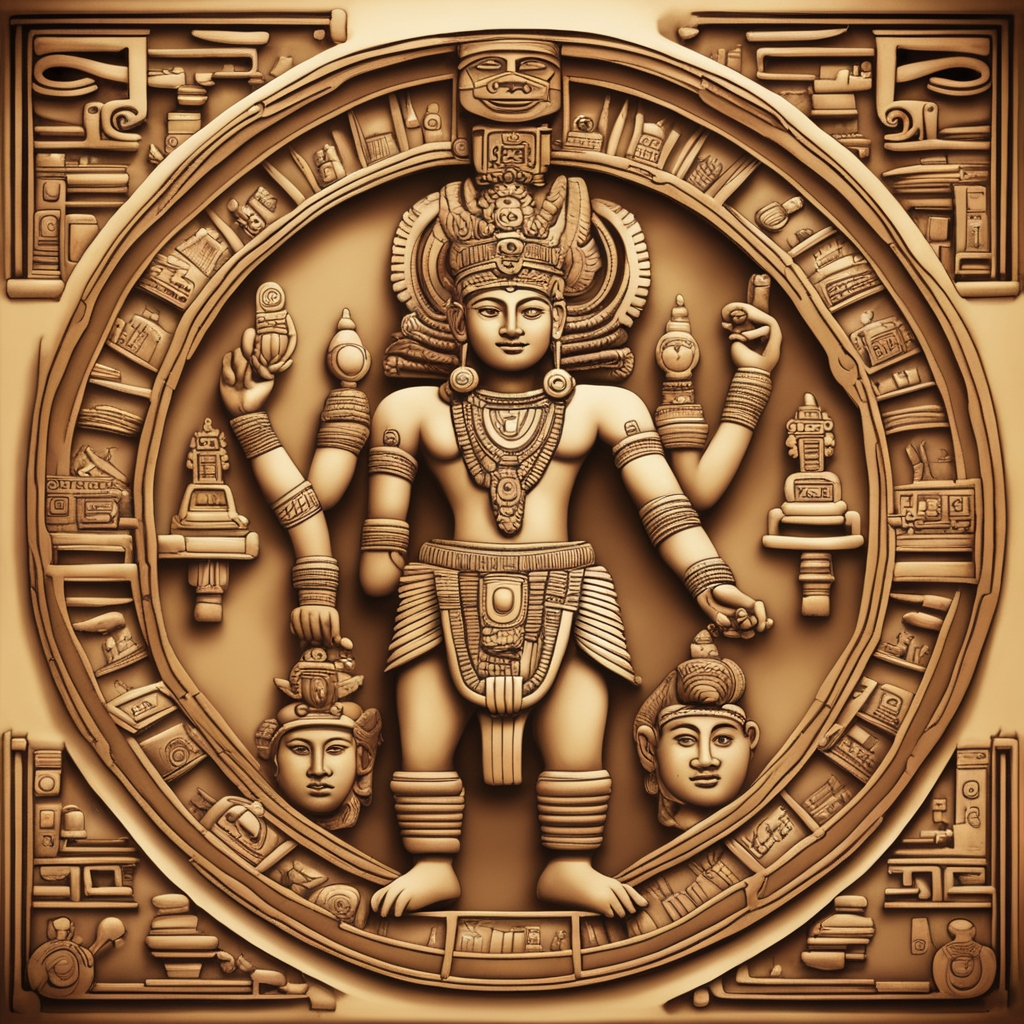Read this short Article on how the ancient Maya Civilization was very developed and helped us in architecture.
You can click here: to see more about Mayan Architecture and Art, Or click here to see other related Articles.
I. Introduction
The Classic Maya developed some of the most accurate pre-telescope astronomy in the world, aided by their fully developed writing system and their positional numeral system, both of which are fully indigenous to Mesoamerica.
The Classic Maya understood many astronomical phenomena, such as the length of the synodic month and the calculation of the length of the tropical solar year, which were more accurate than those of contemporary civilizations.
Many temples from Maya architecture have features oriented to celestial events, indicating the importance of astronomy in their culture and society.
II. The Maya Civilization
The ancient Maya civilization demonstrated a remarkable understanding of celestial bodies, which profoundly influenced their architecture and city planning.
This advanced astronomical knowledge was not only a testament to their scientific prowess but also played a crucial role in their religious and cultural practices.The Maya were skilled observers of the sky, meticulously tracking the movements of celestial bodies such as the Sun, Moon, Venus, and various star clusters.
Their observations were so precise that they were able to predict astronomical events with remarkable accuracy. For instance, their calculation of the length of the tropical solar year was more accurate than that of the Spanish when they first arrived in the Americas.This astronomical expertise was deeply integrated into Maya urban design and architecture. Many Maya cities show clear signs of astronomical orientation in their construction. Temples, palaces, and other important structures were often aligned with specific celestial events or bodies.
For example:
Observatories: The Maya built specialized structures for astronomical observations. One of the most famous is El Caracol at Chichen Itza, which was designed to track the path of Venus throughout the year. Its grand staircase deviates 27.5 degrees from the alignment of surrounding buildings to align with the northern extreme of Venus.
Building alignments: Many Maya buildings were purposefully aligned with bright stars like Capella and Sirius, or with the position of the sun’s transit. These alignments often corresponded to important dates in the Maya calendar or significant celestial events.
Viewing windows: Some Maya buildings, particularly observatories, had special viewing windows set into the walls. Each window corresponded to a specific celestial event, such as the rising of Sirius or the setting of the Pleiades.
Solstice and equinox alignments: The Maya were aware of solstices and equinoxes, which is evident in many building alignments. For instance, the northeast-southwest diagonal of El Caracol aligns with the sunrise of the summer solstice and the sunset of the winter solstice.
Zenithal passages: In the tropics, where most Maya cities were located, the Maya paid special attention to zenithal passage days – when the sun passes directly overhead. Many wells in Maya ruins served as observatories for these zenithal passages.
The Maya’s astronomical knowledge wasn’t just for scientific purposes; it was deeply intertwined with their religious and cultural beliefs. They believed that the will and actions of gods could be interpreted through the alignment of planets and stars. This belief system influenced their calendar, which was a complex combination of various cycles, including the movements of celestial bodies.The precision of Maya astronomy is particularly impressive considering they achieved this without telescopes or other advanced instruments. Their naked-eye observations, combined with meticulous record-keeping and mathematical calculations, allowed them to create accurate almanacs and make long-term predictions of celestial events.In conclusion, the Maya’s advanced understanding of astronomy was a cornerstone of their civilization, influencing everything from their religious practices to their urban planning. Their ability to accurately track and predict celestial movements, and to incorporate this knowledge into their architecture and city layouts, demonstrates the sophistication of their scientific and cultural achievements. This legacy continues to fascinate researchers and enthusiasts today, offering insights into both ancient Maya civilization and the universal human desire to understand the cosmos.

III. Eyes on the Skies: Maya Astronomical Prowess
The Maya weren’t just casual stargazers; they were celestial timekeepers of extraordinary skill. Without telescopes or modern instruments, they tracked the movements of planets and stars with astonishing accuracy. Their calculations of Venus’s orbit, for instance, were off by just two hours over a 584-day cycle – a feat that would make modern astronomers tip their hats.But this wasn’t just academic curiosity. For the Maya, the sky was a divine calendar, a cosmic script telling the story of gods and men. They saw the heavens as a roadmap for life on Earth, influencing everything from planting crops to waging wars.
IV. Pyramids as Cosmic Clocks
Imagine a city where every building is a celestial instrument. That’s exactly what the Maya created. Take the iconic El Castillo pyramid at Chichen Itza. This isn’t just an impressive pile of stones; it’s a massive solar calendar. During the spring and autumn equinoxes, the sun casts a shadow that slithers down the pyramid like a serpent – a spectacle that still draws thousands of visitors today.But it doesn’t stop there. The pyramid has 365 steps, one for each day of the year. Coincidence? Not for the Maya. Every aspect of their architecture was infused with astronomical significance.
V. Urban Planning by the Stars
The Maya didn’t just align individual buildings; entire cities were laid out according to celestial patterns. Streets were oriented to track the movements of stars, and plazas were positioned to observe specific constellations. It was urban planning on a cosmic scale. At the city of Copan, the main plaza aligns perfectly with the rising sun on the equinox. In Uxmal, the Governor’s Palace is precisely aligned with Venus at its southernmost position. These weren’t just aesthetic choices; they were a way of harmonizing earthly life with the rhythms of the universe.

VI. The Legacy of Maya Astronomy
The Maya’s obsession with the stars wasn’t just about pretty buildings or impressive math. It was a fundamental part of their worldview, a way of understanding their place in the cosmos. Their cities weren’t just places to live; they were grand astronomical instruments, cosmic observatories built of stone and mortar.Today, as we grapple with urban sprawl and disconnection from nature, perhaps we could learn a thing or two from the Maya. Their cities remind us that we are part of something larger, that our buildings and streets can connect us not just to each other, but to the very rhythms of the universe.The next time you look up at the night sky, remember the Maya. They didn’t just watch the stars – they built their world in harmony with them. Now that’s what I call stellar urban planning!






